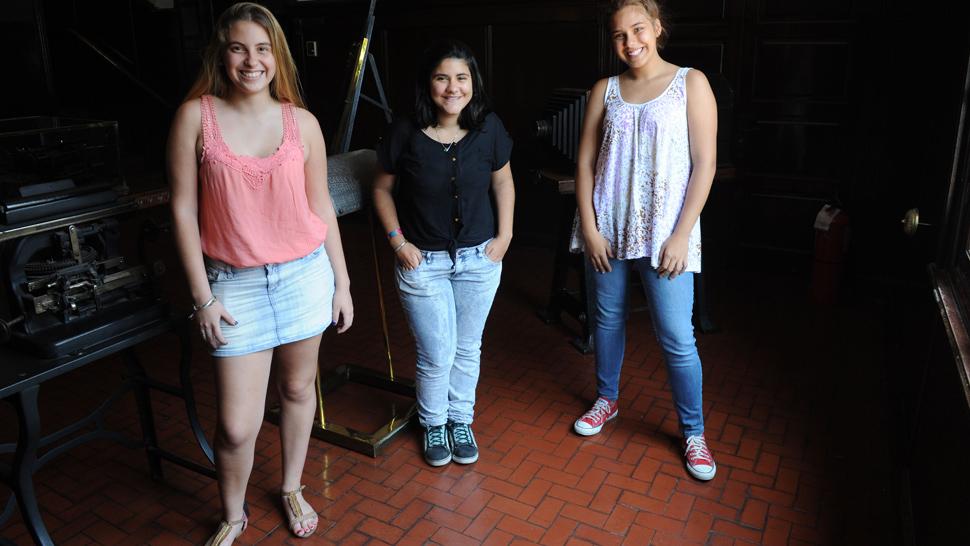A Comissão de Meio Ambiente e Desenvolvimento Sustentável realiza na quinta-feira (13), às 10 horas, audiência pública para discutir a situação atual da nanotecnologia no Brasil.
"Nano" – que significa "anão" - é uma unidade de medida equivalente à bilionésima parte do metro. Assim se medem células, átomos e DNA. A nanotecnologia consegue manipular estruturas dessa dimensão para criar produtos como cosméticos, comprimidos, chips, pastas de dentes e telas de TV dobráveis. Estima-se que até 2015 serão investidos 3 trilhões de dólares (cerca de R$ 6 trilhões) no setor em todo mundo.
Regulamentação
O governo brasileiro criou uma rede nacional de Nano, que reúne um grupo de pesquisadores da área. Recursos foram disponibilizados para a pesquisa e ela já está incorporada nas principais universidades brasileiras.
Porém, o Brasil não possui uma regulamentação para o assunto e não existe controle sobre essa tecnologia, que pode causar danos ambientais e à saúde. Não se sabe ao certo a que tipo de risco a população está exposta.
"Queremos saber até onde avançamos com as pesquisas e o que produzimos para o mercado nacional. Também precisamos saber o que estamos importando e o volume, se alguém controla a entrada desses produtos, e o que dizem as pesquisas com relação aos possíveis danos ambientais e à saúde humana, provocados pela nanotecnologia", diz o deputado Sarney Filho (PV-MA), que sugeriu a audiência.
Foram convidados para o debate:
o secretário de Biodiversidade e Florestas do Ministério do Meio Ambiente, Roberto Brandão Cavalcanti;
- o secretário de Desenvolvimento Teconológico e Inovação do Ministério da Ciência e Tecnologia, Adalberto Fazzio;
- um representante do Ministério da Saúde;
- o professor do Departamento de Física da Universidade Federal de Pernambuco, Eronides Felisberto Silva Júnior;
- a química e pesquisadora da Fundação Jorge Duprat Figueiredo de Segurança e Medicina do Trabalho (Fundacentro), Arline Arcuri;
- o professor do Programa de Pós-Graduação em Direito da Universidade do Vale do Rio dos Sinos do Rio Grande do Sul (Unisinos), Wilson Engellmann;
- o economista do Departamento Intersindical de Estatística e Estudos Socioeconômicos (Dieese), Thomaz Ferreira Jensen; e
- o coordenador da Rede de Pesquisas em Nanotecnologia (Renanosoma), Paulo Martins.
Serviço:
O que: Audiência pública para discutir a nanotecnologia.
Data: 13 de dezembro de 2012, quinta-feira.
Horário: 10h
Local: Plenário 8, do Anexo II, da Câmara dos Deputados.
________________________________________________________________
 | CÂMARA DOS DEPUTADOS |
COMISSÃO DE MEIO AMBIENTE E DESENVOLVIMENTO SUSTENTÁVEL 54ª Legislatura - 2ª Sessão Legislativa Ordinária
PAUTA DE REUNIÃO ORDINÁRIA
AUDIÊNCIA PÚBLICA
DIA 13/12/2012
AUDIÊNCIA PÚBLICA
DIA 13/12/2012
LOCAL: Anexo II, Plenário 08
HORÁRIO: 10h
A - Audiência Pública:
Tema:
ATUAL SITUAÇÃO DA NANOTECNOLOGIA NO BRASIL
Requerimento n.º 157/2012, do Deputado Sarney Filho (PV-MA)
EXPOSITORES:
(CONFIRMADO) Senhor ROBERTO BRANDÃO CAVALCANTI, Secretário de Biodiversidade e Florestas do Ministério do Meio Ambiente
(CONFIRMADO) Doutor ADALBERTO FAZZIO, Secretário Adjunto da Secretaria de Desenvolvimento Teconológico e Inovação do Ministério da Ciência e Tecnologia
(CONFIRMADO) Senhor PEDRO BINSFELD, Coordenador-Geral de Assuntos Regulatórios do Ministério da Saúde
(CONFIRMADO) Doutor ERONIDES FELISBERTO SILVA JÚNIOR, Professor do Departamento de Física da Universidade Federal de Pernambuco
(CONFIRMADA) Doutora ARLINE ARCURI, Química, Pesquisadora da Fundação Jorge Duprat Figueiredo de Segurança e Medicina do Trabalho (Fundacentro)
(CONFIRMADO) Doutor WILSON ENGELLMANN, Professor do Programa de Pós-Graduação em Direito da Universidade do Vale do Rio dos Sinos do Rio Grande do Sul (Unisinos)
(CONFIRMADO) Doutor THOMAZ FERREIRA JENSEN, Economista do Dieese - Departamento Intersindical de Estatística e Estudos Socioeconômicos
(CONFIRMADO) Doutor PAULO MARTINS, Coordenador da Rede de Pesquisas em Nanotecnologia (Renanosoma)
Fonte: Comissão de Meio Ambiente e Desenvolvimento Sustentável
________________________________________________________________ Veja aqui o Requerimento 157/2012 do Dep. Sarney Filho (PV/MA) apresentado e aprovado em 17/10/2012: |












